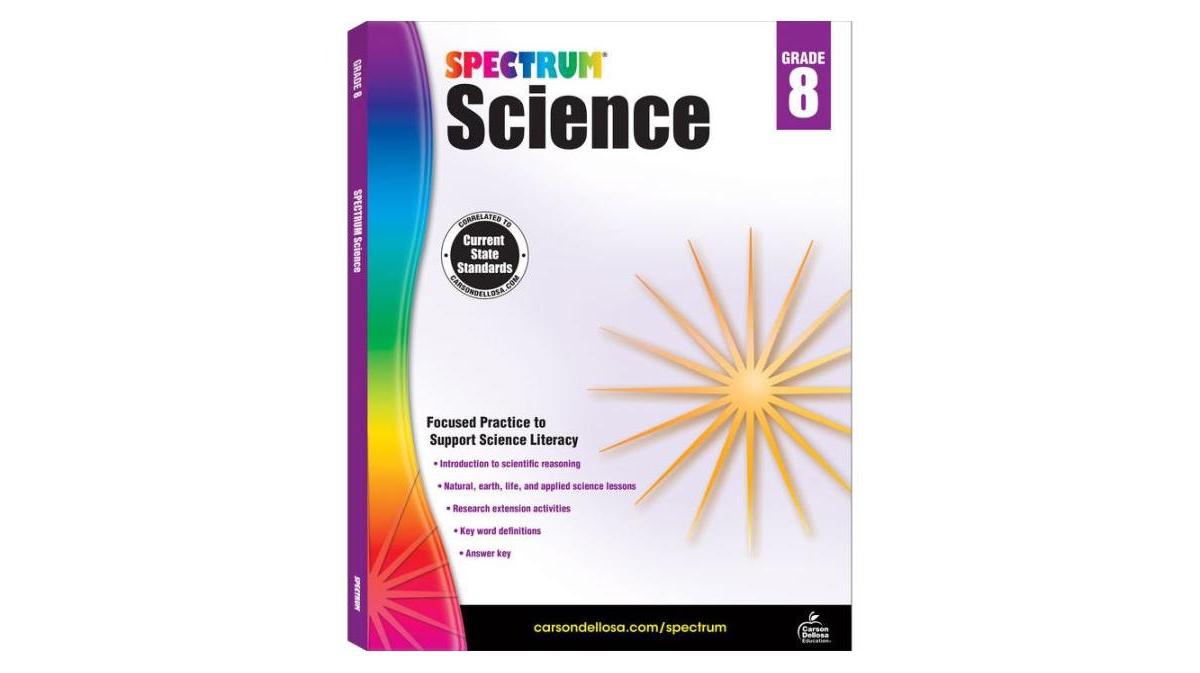Management of Uncertainty Using Linguistic Z-Numbers
Best Price (Coupon Required):
Buy Management of Uncertainty Using Linguistic Z-Numbers for $144.00 at @ Link.springer.com when you apply the 10% OFF coupon at checkout.
Click “Get Coupon & Buy” to copy the code and unlock the deal.
Set a price drop alert to never miss an offer.
Single Product Purchase
Price Comparison
| Seller | Contact Seller | List Price | On Sale | Shipping | Best Promo | Final Price | Volume Discount | Financing | Availability | Seller's Page |
|---|---|---|---|---|---|---|---|---|---|---|
|
BEST PRICE 1 Product Purchase
|
   |
$159.99 | $159.99 |
|
10% OFF
This deals requires coupon
|
$144.00 | See Site | In stock | Visit Store |
Product Details
This book is an in-depth study of the application of Linguistic Z numbers in various domains. It is divided into 18 chapters, each focusing on different aspects and applications of Linguistic Z numbers. The first chapter introduces the concept of a Linguistic Z number fuzzy probabilistic rough set and their corresponding three-way decisions. The second chapter discusses the TOPSIS-based multi-attribute group decision-making (MAGDM) under Linguistic Z number information. The third chapter presents a new approach of multi-criteria group decision-making (MCGDM): MARCOS-based alternatives measurement with ranking under Linguistic Z number information and their application in the selection of logistics distribution cold chain center. The fourth chapter focuses on the Linguistic Z number environment-based site selection of medical logistic centers with the TODIM-VIKOR approach. The fifth chapter explores MCGDM based on TODIM-PROMETHEE II under Linguistic Z number environment and their application in site selection of emergency shelters. The sixth chapter introduces a novel approach of extended ORESTE-based Linguistic Z number MAGDM and their applications in the ability of regional energy assessment. The seventh chapter discusses MCGDM based on MULTIMOORA with Linguistic Z number and their application in software selection. The eighth chapter presents multi-criteria group decision-making using the LogTODIM-TOPSIS approach in a Linguistic Z number environment for selecting auto parts materials in the technology of automobiles. The ninth chapter introduces a Linguistic Z number CoCoSo approach for multi-criteria group decision-making and application to the diagnosis of sepsis. The tenth chapter discusses The ExpTODIM-VIKOR approach under a Linguistic Z number environment and its applications to solve multi-criteria group decision-making problems. This book provides a deep understanding of Linguistic Z numbers and their applications in decision-making, granular computing, and social networks. It is a valuable resource for researchers and practitioners in these fields.

 Copied
Copied 





